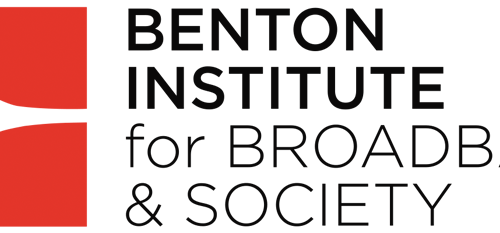After writing two posts on potential carrier use of LTE technology in unlicensed spectrum (see here and here), I came across some information that helps clarify the functionality of and relationship between LTE Unlicensed (LTE-U) and License-Assisted Access (LAA). In those posts I referred to these as if they were different names for the same technology. A more accurate statement would be that:
1) LTE-U is an earlier iteration of “LTE in unlicensed spectrum” technology that conforms to the less stringent spectrum sharing requirements of countries like the U.S., South Korea, China and India;
2) LAA will provide a standardized technology that goes further than LTE-U by satisfying the more demanding spectrum-sharing requirements in other markets, including Europe and Japan.
The clarification comes courtesy of the Qualcomm web site, which provides a summary of LTE-U here, and of LAA here. As noted in an earlier post, Qualcomm is a leading advocate of carrier deployment of LTE in unlicensed spectrum, having introduced the idea in late 2013. Selected excerpts from both descriptions are below.
From the overview of LTE-U:
In markets where there is no LBT (Listen Before Talk) regulation, such as the US, South Korea, China and India, LTE-U can be deployed based on LTE Rel-10/11/12 Carrier Aggregation protocols…Coexistence with Wi-Fi or other unlicensed technologies can be achieved with radio resource management techniques without changing R10 protocols….
In addition to the channel selection and opportunistic SDL features, time-domain coexistence techniques are needed when there is no clean channel available. More specifically, for a LTE-U system that is designed based on Rel-10/11/12, a technique called CSAT (Carrier Sensing Adaptive Transmission) would sense the channel utilization by neighboring nodes and adapt LTE-U’s on/off duty cycle on secondary cell(s) in the unlicensed band on the order of tens to hundreds of msec. The duty cycle is chosen adaptively based on the number of active Wi-Fi APs [access points] and their channel usage to allow fair sharing with other devices using the same channel…
R10/11/12-based LTE-U will meet all applicable regulatory requirements for 5 GHz unlicensed band in non-LBT regions. LTE-U commercial equipment will need to pass a minimum performance and conformance specification on 5 GHz, as well as a comprehensive coexistence specification. The coexistence specification will cover both LTE-U/Wi-Fi and inter-LTE-U deployment coexistence scenarios. The test scenarios and passing criteria are being designed to be more comprehensive and stringent than the existing Wi-Fi coexistence test.
And from the summary of LAA:
R10-based LTE-U cannot be adopted in markets such as Europe or Japan where there are additional unlicensed band regulations, on the channel occupation limit often known as “Listen-Before-Talk” (LBT), minimum bandwidth occupancy, etc. To provide a single global framework that would also work in these markets, 3GPP has started working on Rel-13 LAA (Licensed-Assisted Access). In addition to the LBT regulation, LAA will also meet other regulatory requirements such as transmit Power Spectral Density (PSD) and the channel occupancy bandwidth requirement in Europe. Preserving coexistence with other unlicensed technologies including Wi-Fi is a requirement for Rel-13 LAA…
3GPP approved LAA as a Rel-13 Study Item (SI) in September 2014. The SI scope covers both Supplemental DL (SDL) and DL/UL CA. The SI is expected to conclude by June 2015 followed by a Work Item. 3GPP Rel-13 completion is expected in the first half of 2016.



